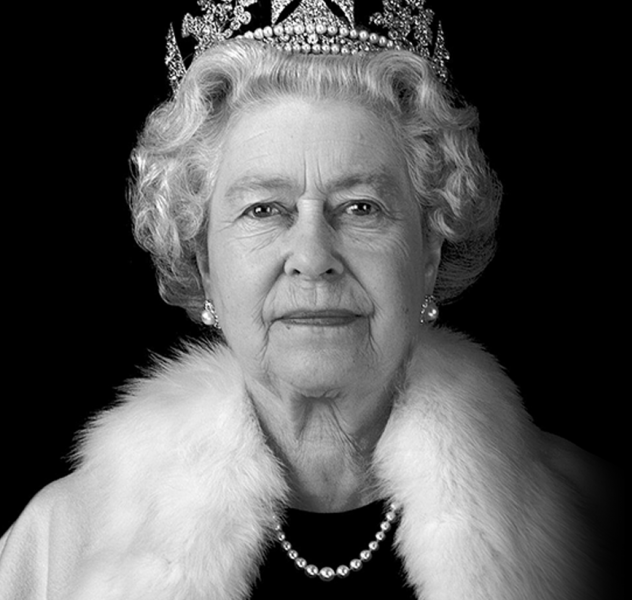Turbocharger Glossary – Key Terms Explained
| Term | Description |
|---|---|
| A/R | A/R (Area/Radius) is a term used to define a geometric characteristic of all turbine and compressor housings. |
| Bearing Housings | Cast iron housing, the centre of the turbo that houses the turbine piston ring seal, the journal bearing(s) and the thrust bearing, which are all fed with pressurised oil from the engine. |
| Choke Line | Indicates the flow limit and is located on the right side of a compressor map. |
| CHRA/ Core Assemblies | (Centre Housing Rotating Assembly) The CHRA is essentially a turbocharger minus the compressor and turbine housings. It incorporates the complete rotating assembly, shaft & wheel, bearing housing and compressor wheel. |
| Compressor Wheels | Radial multi-bladed compressor in a turbocharger that draws in ambient filtered air, compresses it within housing, and then blows it out into the intake of the engine. |
| Corrected Air Flow | In order to plot the airflow data on a compressor map, you must ensure the flow is corrected to account for differences that affect air density, such as atmospheric conditions. |
| Free-Float | This is a turbo without a Wastegate. Therefore the turbo is unable to regulate its own boost levels. |
| Heat Shields | Thin plate that protects & separates the top of the bearing housing from the high temperatures of the exhaust gases. It is positioned between the bearing housing and the revolving turbine wheel. |
| Journal Bearings | Fits inside the bore of the bearing housing and prevents radial movement of the shaft & wheel. |
| On-Centre Turbine Housings | On-centre turbine housings is an old design turbine housing with a centred turbine inlet pad. |
| O-Rings | Non-moving seal which prevents oil or air getting between different components. |
| Overspeeding | Is a term used when a turbo is operating well above its normal operating limits. |
| Piston Rings | Type of seal commonly used in turbochargers to prevent air, gas or oil getting where it shouldn’t. A pressure differential seal. |
| Pressure Ratio | Absolute outlet pressure divided by absolute inlet pressure. For Example: (Boost + DPIntercooler+ Atmos) / (Atmos-DPAir Filter) = Pressure Ratio |
| Repair Kits | Minor – includes just the basic components;
Major – includes all the components needed for a full repair of a turbo; Universal Kits – includes each variation to accommodate for where there are several variations of a model i.e. Flat or superback compressors wheels, straight or slender shafts etc. |
| Seal Plates | The component, usually made from aluminium, has a bore housing the compressor end piston ring seal that runs in the groove of the oil flinger or thrust collar. On some models, this component doubles up as being the supporting flange that the compressor housing fixes to. |
| Shaft & Wheels | The complete assembly that describes the turbine wheel and shaft as one component – (Also referred to as a ‘Turbine Wheel’). It uses the exhaust flow from the engine to spin a turbine, which in turn spins an air pump. |
| Shaft Nuts | Holds the compressor wheel and other rotor group parts onto the shaft. This normally has a left hand thread on modern turbos, this high precision machined nut has to be tightened to a specific torque. |
| Thrust Bearings | A single flat bearing that supports the positive and negative axial loads generated when the turbo rotor accelerates and decelerates. The bearing is fixed and the thrust collar runs within it. A pressurised oil film separates the ramped faces of the bearing from the journal surfaces of the collar. |
| Thrust Collar | The half of a complete thrust collar that runs on the underside of the thrust bearing. The thrust collar is sometimes in two pieces for applications like a 360 degree thrust bearing. |
| Thrust Flingers | Located on the turbine shaft, this sits through the hole in the seal plate and acts as a separator/seal between the thrust bearing, seal plate and compressor wheel. |
| Thrust Washer | Fits between the journal bearing and thrust bearing, acting as a cushion to prevent the parts form touching. |
| Trim | Is the area ratio used to define the turbine and compressor wheels. To calculate the trim you use the inducer and exducer diameters. For Example: Inducer2/Exducer2 = Trim |


